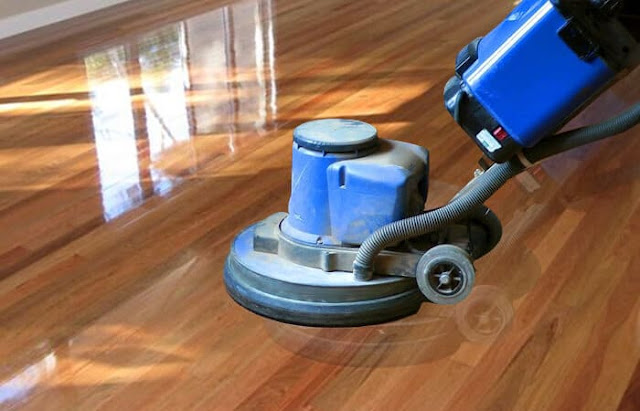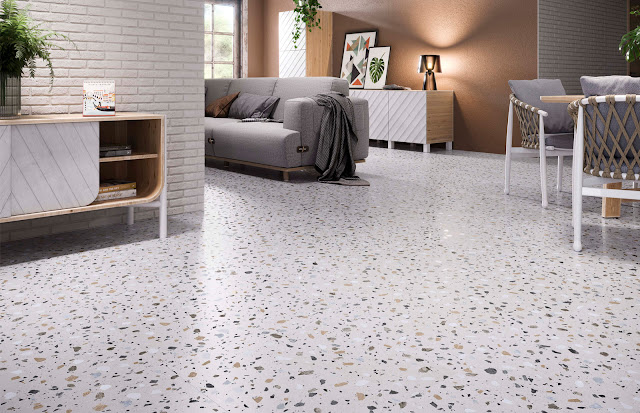The Ultimate Guide to Floor Polishing and Sanding: Tips and Techniques for a Perfect Finish
If you're looking to improve the appearance of your floors, floor polishing and sanding can be great options. These techniques can help restore the shine and smoothness of your floors, making them look like new again. However, before you start polishing or sanding, it's important to understand the process and the tools you'll need. In this article, we'll provide you with the ultimate guide to floor polishing and sanding, with tips and techniques for achieving a perfect finish.
What is Floor Polishing?
Floor polishing is a process that involves the use of a floor polishing machine to remove scratches, dirt, and other imperfections from the surface of a floor. The machine typically uses a rotating pad that applies a polishing solution to the floor, buffing it to a high shine.
Before you begin the polishing process, it's important to prepare the surface of the floor. This involves cleaning the floor thoroughly to remove any dirt or debris. You may also need to use a floor stripper to remove any old wax or sealant. Once the floor is clean and dry, you can begin the polishing process.
When polishing a floor, it's important to work in small sections, moving the machine in a back-and-forth motion. Make sure to overlap each pass by a few inches to ensure an even finish. It's also important to use the right polishing pad for the job. A softer pad is best for a high-gloss finish, while a coarser pad may be necessary for removing deeper scratches.
What is Floor Sanding?
Floor sanding is a process that involves the use of a floor sander to remove the top layer of a hardwood floor. This process can help remove scratches, dents, and other imperfections, leaving the floor smooth and even.
Before you begin the sanding process, it's important to prepare the surface of the floor. This involves removing all furniture and rugs from the room and ensuring that the floor is free of any debris. You may also need to use a floor edger to sand the edges of the room, as the floor sander cannot reach these areas.
When sanding a floor, it's important to work in stages, starting with a coarse grit sandpaper and moving to a finer grit as you go. Make sure to move the sander in a back-and-forth motion, overlapping each pass by a few inches to ensure an even finish. It's also important to sand along the grain of the wood, as sanding against the grain can leave scratches.
Tips for a Perfect Finish
Now that you understand the basics of floor polishing and sanding, here are some tips and techniques for achieving a perfect finish:
Start with the right equipment. Investing in a quality floor polishing or sanding machine can make a big difference in the quality of your finish. Make sure to choose a machine that is appropriate for the size and type of floor you'll be working on.
Use the right products. Make sure to choose a polishing solution or sandpaper that is appropriate for your specific floor type. Using the wrong products can result in damage to your floors.
Work in small sections. Whether you're polishing or sanding, working in small sections can help ensure an even finish. This will also make it easier to keep track of where you've already worked.
Keep the machine moving. When polishing or sanding, make sure to keep the machine moving at a steady pace. This will help prevent the machine from leaving marks or uneven spots on the floor.
Pay attention to edges and corners. When sanding, make sure to use a floor edger to sand along the edges of the room. When floor polishing, use a hand-held machine or a buffer to get into tight corners and edges.
Conclusion
Floor polishing and sanding can be great options


Comments
Post a Comment